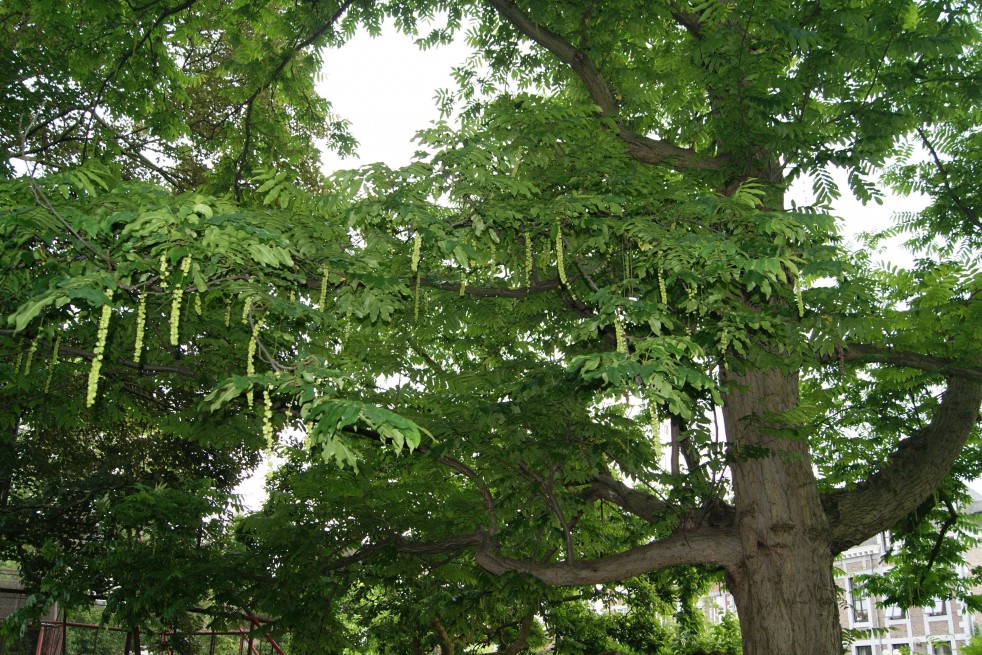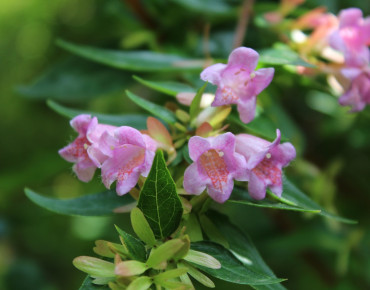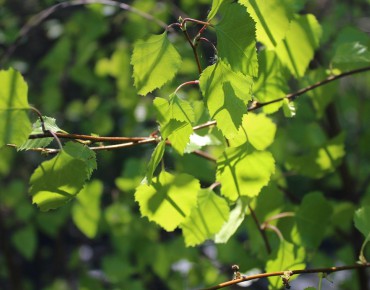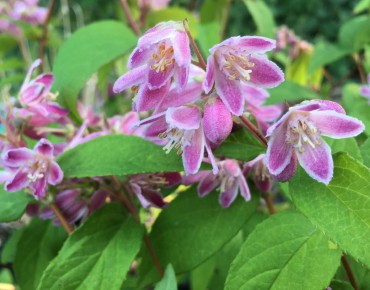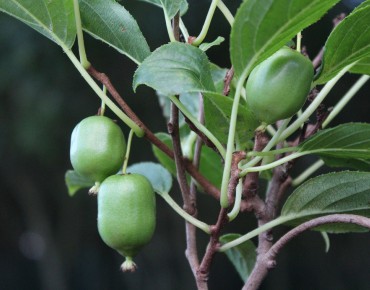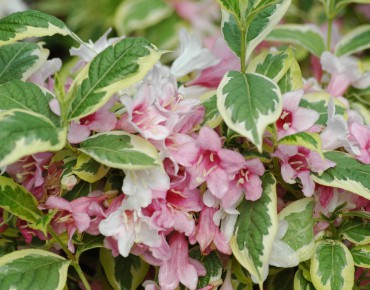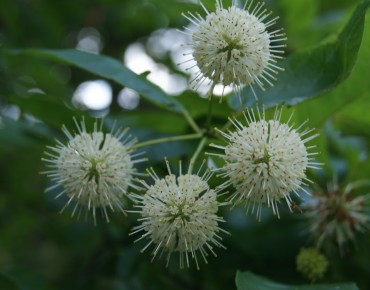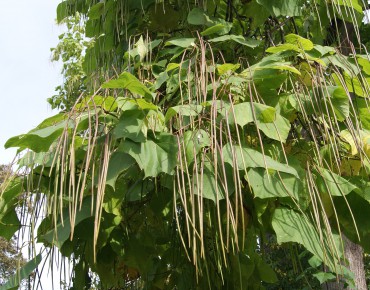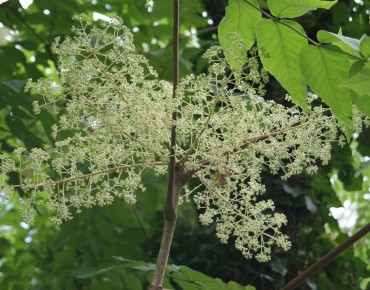- Pick up on site
Caucasian walnut
Pterocarya fraxinifolia
Description
The majestic Caucasian Walnut or Pterocarya fraxinifolia attracts the eye with its surprising and highly decorative fruiting: in summer, it is adorned with hanging spikes 30 to 50 cm long, covered with small green winged nuts 2 cm long, which are sure to attract attention. Introduced into France in 1784 (and the United Kingdom in 1800), this beautiful tree also knows how to be useful: planted at the edge of watercourses, it helps to maintain the banks.
Native to Iran, the Caucasian Walnut can withstand cold temperatures down to -20°C. When fully grown, it reaches a height of 20 or even 25 metres and a spread of 15 to 20 metres. This tree has a rounded, spreading habit and very long deciduous leaves. Each leaf consists of about 30 serrated leaflets, 30 to 40 cm long, of a shiny dark green colour. In autumn, they turn a beautiful yellow colour. The trunk of the Pterocarya fraxinifolia has very deep, winding grooves. The tree flowers in June. The tree then unfurls long garlands of beautiful yellow-green.
The Caucasian Walnut thrives in all types of soil, provided it is moist. Suitable for both sun and semi-shade, it is planted in autumn. It is pruned every year before the vegetation starts again, in order to remove dead wood, crossed branches and unwanted shoots.
Features
- Common name : Caucasian walnut
- Family : Juglandaceae
- Category : tree
- Spread : 15 m
- Foliage : deciduous
- Color of flowers : white
- Use : isolated, bonsai
- Soil : common to rich, draining
- Habit : Spreading
- Earth to use : universal potting soil/garden soil/compost
- Enemies : nothing to report
- Possible diseases : resistant to diseases
Expédition & livraison
How does the delivery work?
 As soon as you place your order your plants are selected
As soon as you place your order your plants are selected Each order is processed individually.
Each order is processed individually. Plants are packed, staked and labeled.
Plants are packed, staked and labeled. Packaging is carefully implemented to avoid any problems.
Packaging is carefully implemented to avoid any problems. Packages are ready to be shipped.
Packages are ready to be shipped.
Customer reviews

